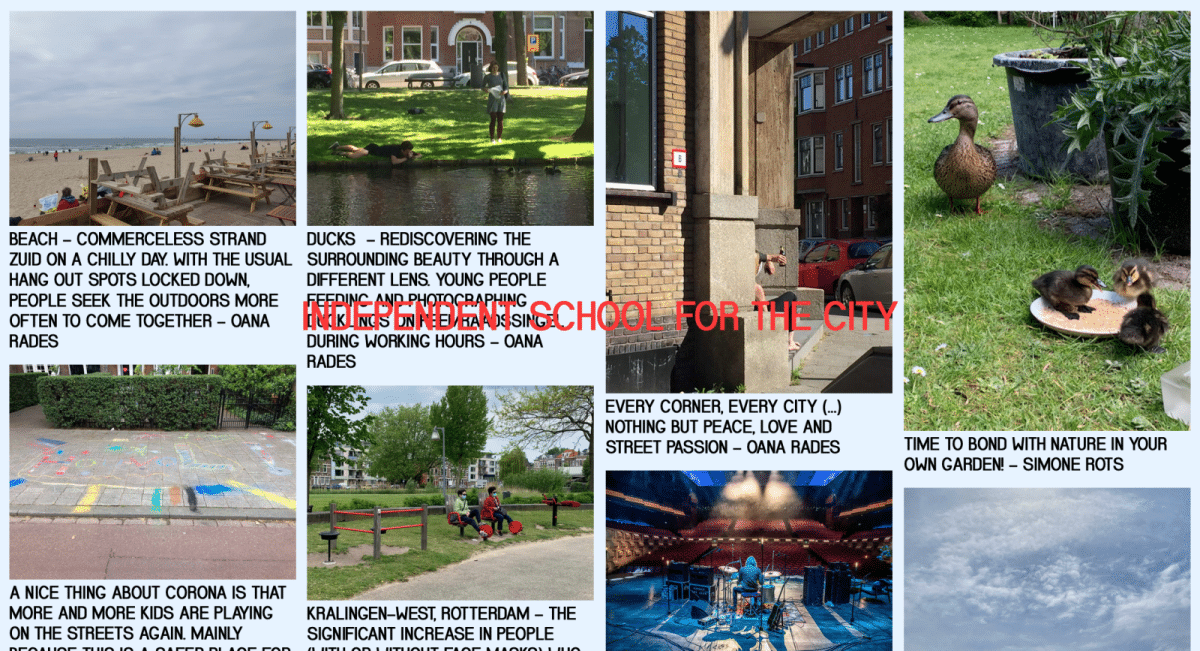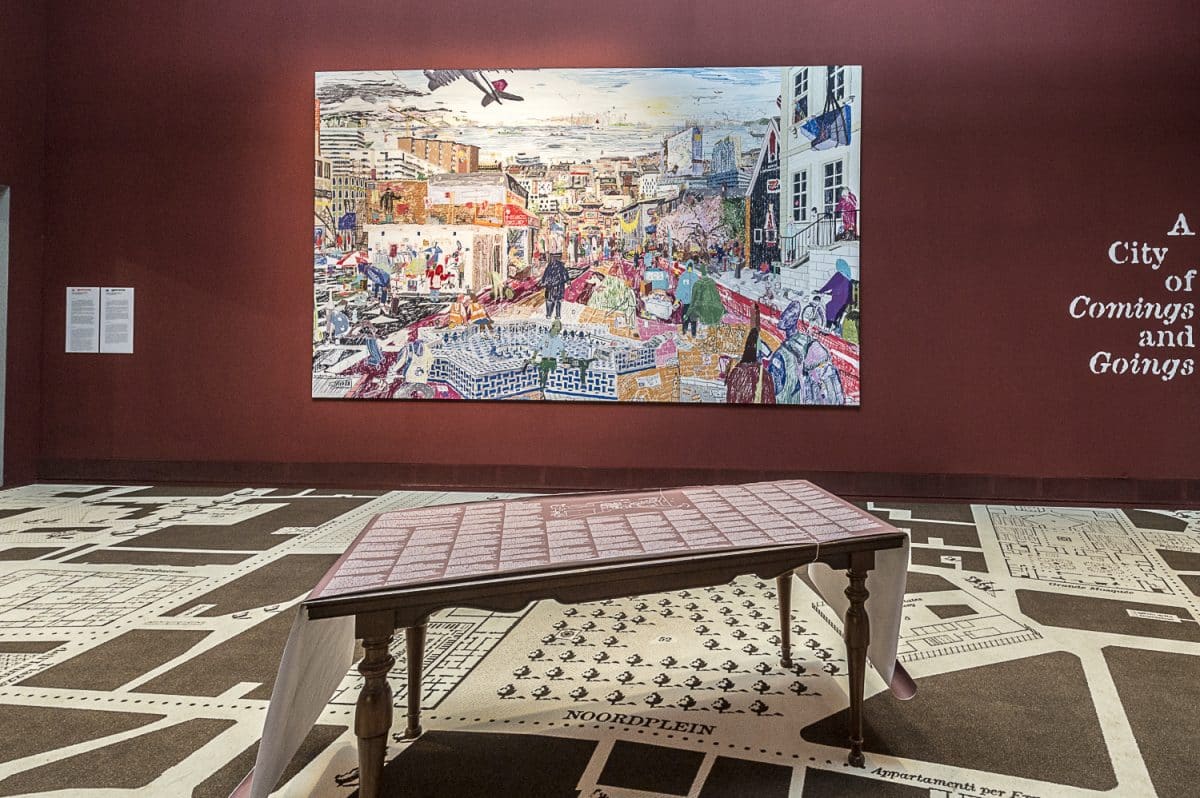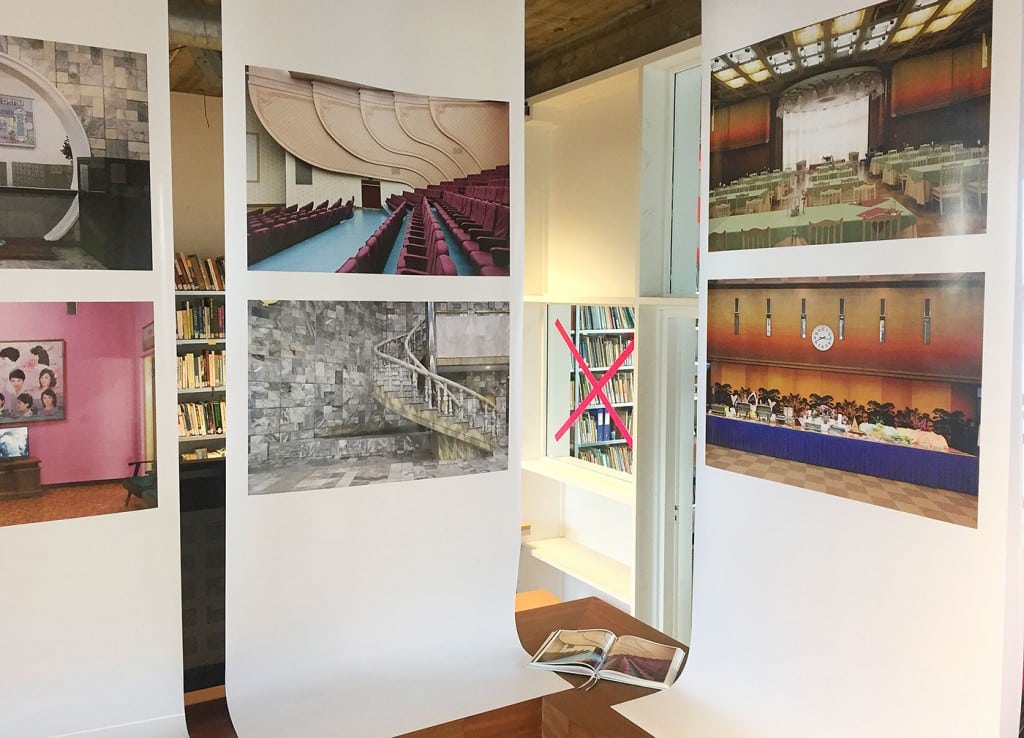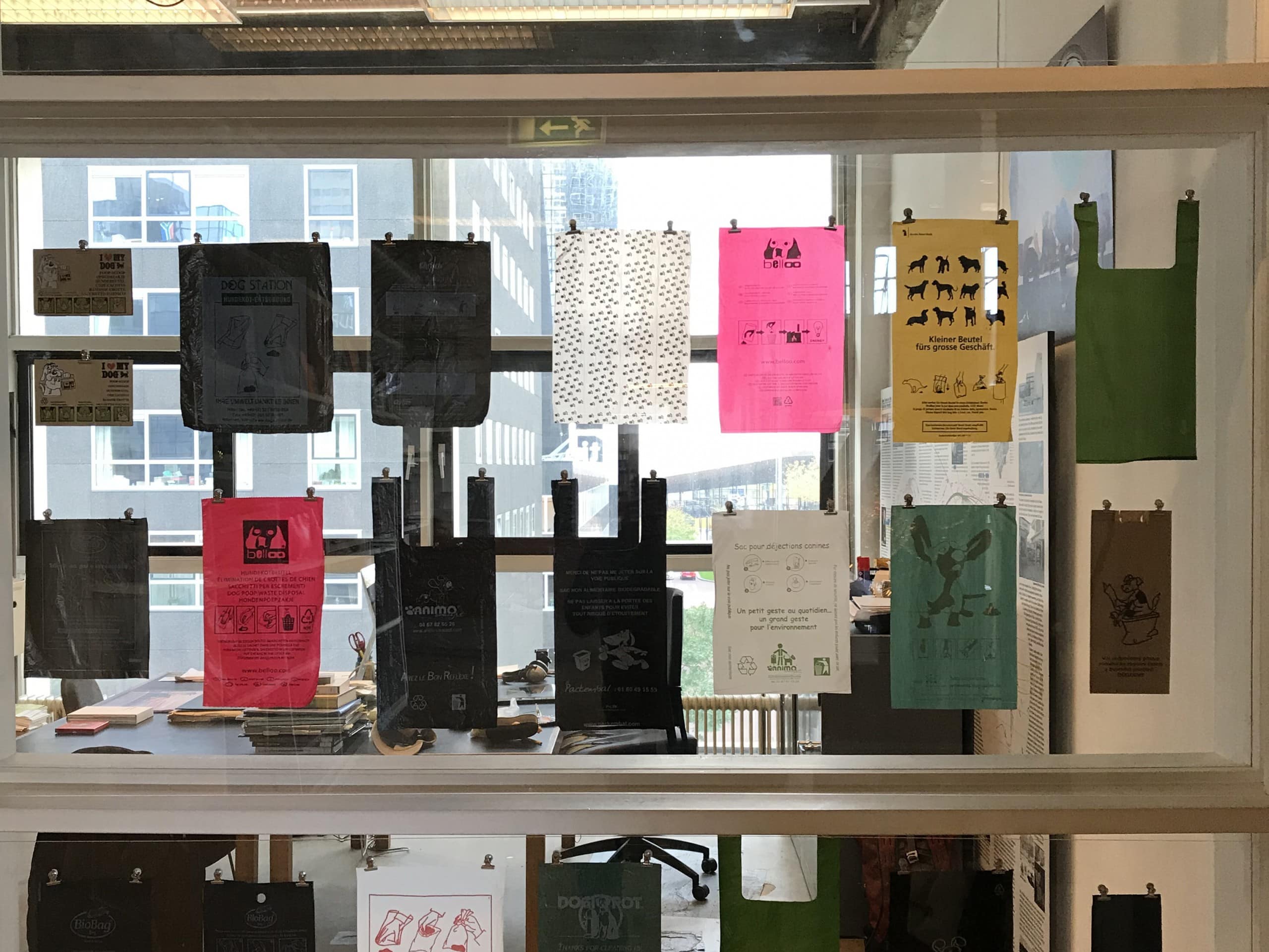EXHIBITIONS
PREVIOUSLY ON DISPLAY

After a successful edition in January 2023, the Independent School for the City and MacGuffiin have joined forces again to organise another fieldclub! And for this edition, we have expanded the collaboration even further by teaming up with Pleasant Place - a growing collection of publications about the art of gardening.

In the Summer of 2024, the Independent School for the City has been part of the International Architecture Biennial Rotterdam - The Nature of Hope. The exhibition took place at the Nieuwe Instituut and showed in over 70 ways how to spark hope, inspiration, and discussion about the ways in which we can all contribute to and positively influence positive change in our environment. Together with the participants and tutors of the thematic block on the Anthropocene in our This is Tomorrow programme, we have developed an installation that responds to the expected +2.5°C global temperature rise around the year 2084.

The Independent School for the City is one of the contributors to the Vienna Biennale for Change 2021 themed ‘Planet Love. Climate Care in the Digital Age’. Building upon educational activities that we organized in collaboration with Dirk Sijmons and Herman Kossmann, we developed a 1,5x1,5m cube portraying four different views towards the Anthropocene.

Like many institutions all around the world, the school had to temporary close its doors in the beginning of March 2020. With al our friends and family being in lockdown at home, we sent out a request to everyone who has attended our events or participated in one of our courses, studio’s, workshops, spring- or summer schools and everyone else who feels some connection to the school. We asked them to send us a photographic image of an urban corona effect, with a little caption telling us where and what it is and why they would like to keep it around for the time being.
Out of the pictures and texts that came in, we sewed an online quilt that depicts the Ideal City of our Postviral Future. The result can be seen here

From the COVID-19 outbreak in the Netherlands and the following lock-down in March 2020 until the summer of 2021, our researchers have been compiling a weekly poster giving an overview on how the pandemic developed and the effects it had on different aspects of the economy, culture, politics and other elements of the environment we live in. An overview of all our reports can be found here.

Can a city ever escape its past? That is the question asked in this exhibition, showing the results of our Fossil Rotterdam Studio which took place from 25 – 29 November 2019 at the Independent School for the City.

One year 365 cities is Peter's attempt to design a city a day for a year. The idea arose from Lewis Mumford’s assertion (which 80 years on, pretty much still holds true) that modernism has “failed to produce even a rough draft for a decent neighbourhood.” And from a pub remark made by Ben Stringer, who said that you ought to be able to design a city in ten minutes. The cities, towns and villages that are on show, are mud, wood, paper, bungaroosh, brick, cardboard and unspecified. They are farming collective, courtyard mini city, city of walls, estuary fishing villages. On hills, along cliffs, hunkered down in valleys, perched on plains, stretched or centralised.

The exhibition “A City of Comings and Goings”, originally part of the Venice Architecture Biennale 2018, has returned to Rotterdam and was on show at the Independent School for the City. The exhibition focuses on how the dynamics of migration affect European cities. The confrontation with the recent surge of asylum seekers (but also expats, EU-workers etc.) shows the basic lack of spatial flexibility in European cities to absorb new groups. From the spaces and buildings that have been designed or appropriated for migration, Crimson has distilled a panoramic view of The City Of Comings and Goings. The City of Comings and Goings is not a Utopia, nor is it a Masterplan. It is all of our Western European cities at once, together adapting to migration. (on show from July - October 2019)

A selection of pictures of interiors in the North Korean capital of Pyongyang, “probably the only city in the world where the political ideology that produced the original urban plan is still intact”, according to the photographer and architectural critic for The Guardian, Oliver Wainwright. They were taken during an architectural field trip to North Korea in 2015 in which Wainwright set out to document the result of Kim Il Sung and Kim Jong Il’s obsession with architecture as a means to create the image of a perfect society. The combination of massive monumental ornamentation and pastel colours, creates an urban decor that is both childlike and terrifying, equally saccharine and macabre.

A collection of Dog Poo Bags collected from cities all over Europe, by landscape architect Peter Veenstra (Lola Landscape, Rotterdam). They are distributed free of charge in parks and on streets for citizens to use to keep the streets and parks clean. This relatively recent addition to the accessories of modern urban living evoke many associations. For example, the loneliness of urban denizens taking solace in their pets. Or the delegation of keeping the city clean to the citizens themselves. The way they are imprinted with graphics and the way the modern citizen is spoken to in a bureaucratic or a playfully humorous manner.